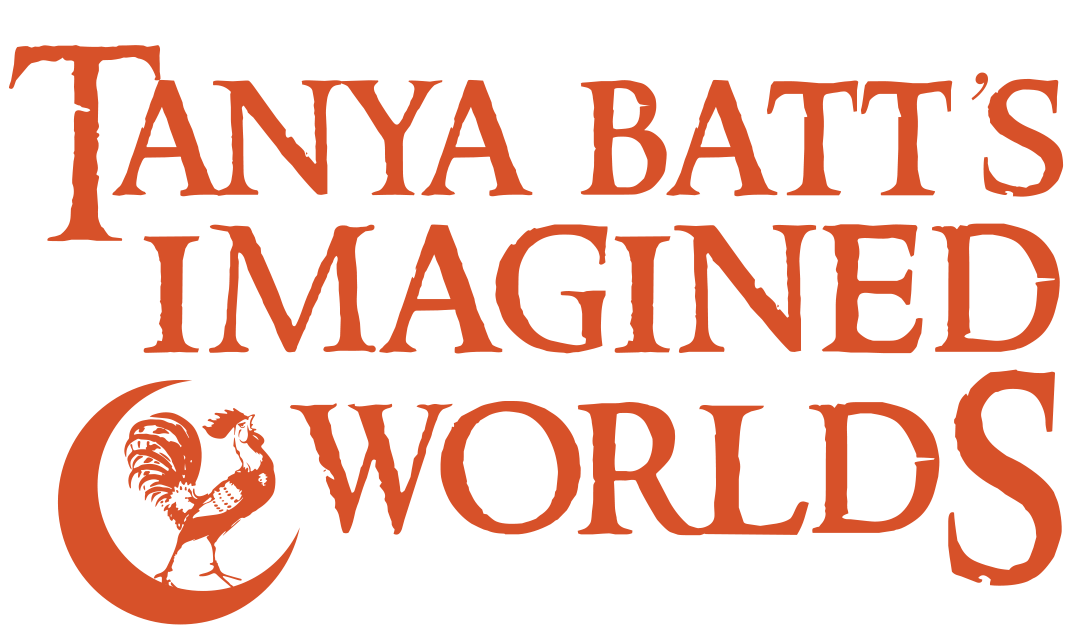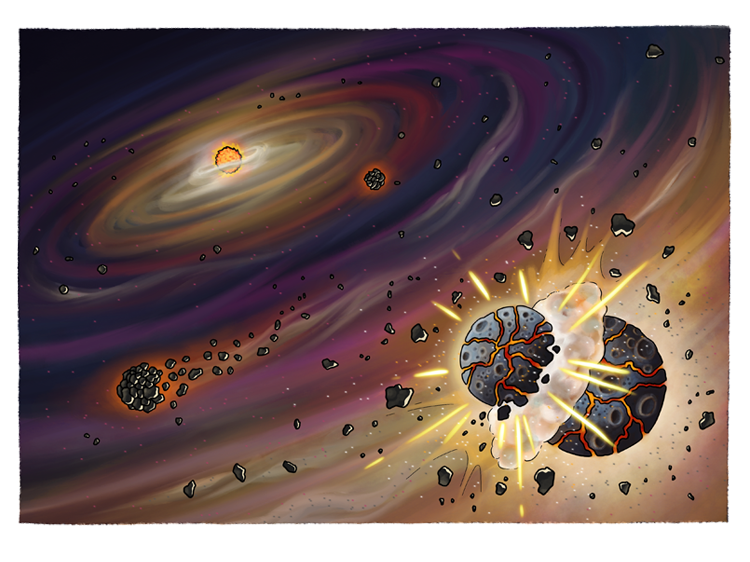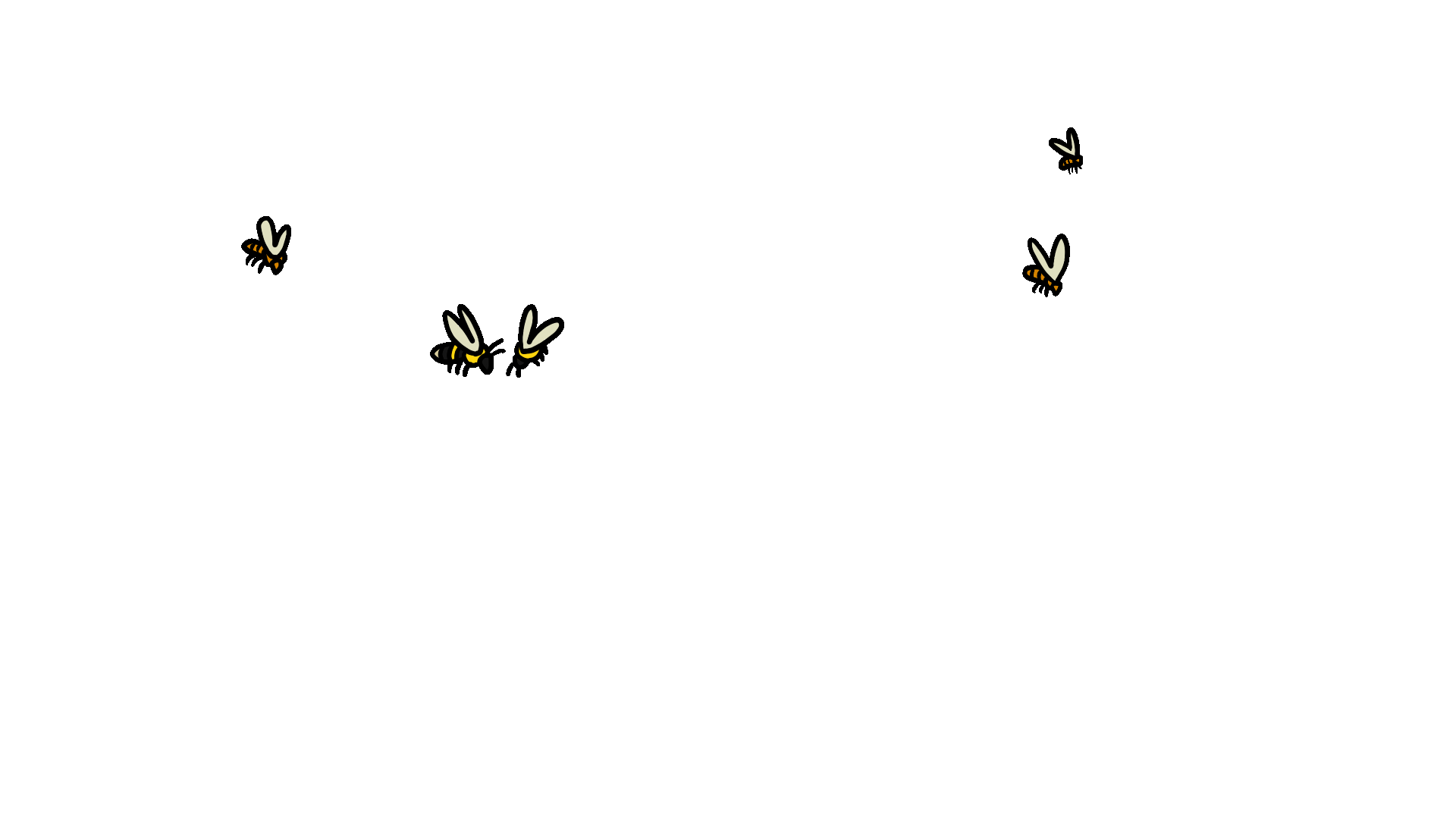
Dance Upon Our Earth
Dance Upon Our Earth
Dance Upon Our Earth is a collection of ecologically, cosmologically and geologically themed stories created for children (ages 3 – 10 years) to sing, dance and move to.
Merging the expressive arts and science, these stories explore the processes of creation, life cycles and relationships. They are designed to nurture an active curiosity, connection and understanding between children and our home, the Earth.
The album is supported by a teaching resource which includes a series of 10 instructive videos with children dancing to the stories, comprehensive teaching notes for extension activities and online links to support the learning areas featured on the album.
The album is both available as a hard copy CD here in the Story Shop or as a digital download and in combination with the teaching resource as a digital download.
Listen to Dance Upon Our Earth
Below are some track samples from the album Dance Upon Our Earth by Tanya Batt, Peter Forster and Craig Denham. The full album has 17 tracks including introductions to the different themes.
Watercycle
Tuna tale
Water is a defining element of our Earth. There has yet to be another place found in the universe that is home to water in all its forms – liquid, gas & solid. The water we drink and wash in has been part of this earth since her creation. The dance of the water cycle explores one of her many stories.
Longfin eels, or ‘tuna’ (pronounced ‘toona’) as they are called in Māori, are living treasures of our wetlands, lakes and rivers. Once in their lifetime, they make a long journey across the ocean to somewhere near Tonga to reproduce but return to fresh water to grow into adults.
Pekapeka Action Song
Round and round
In Aotearoa we have only one native land mammal, our peka peka - bat. There are long and short tailed bats. Bats play an important role in the forests of the world, pollinating, spreading seed and eating insects. They need our help to protect the habitats that are their home, the big old trees and forests they live in. This is a story about a long tailed bat, who is very small but very fast.
The first story in the Moon, the Earth and the Sun chapter. These three songs show how the moon, the Earth and the Sun have a special connection. The Moon goes around the Earth, the Earth goes around the Sun. Round and round and round they go. It’s fun for everyone!
Marama the Moon
Sun’s House
The Moon reflects the Sun’s light at night onto our Earth and creates the tides.
Sun’s House is a traditional story that comes from the people of South Western Nigeria. This song also explores the special relationship between the Moon, the Earth and the Sun, like the previous two narratives.
Seed Massage
Here is a tricky question – I wonder, is a seed the end or the beginning of a plant? And how do plants make seeds? Enjoy a gentle massage, plant your seeds, watch them grow.
Pollinator Power
Join the dance in the garden/forest with the pollinators, who help the plants make new seeds.
Tectonic Plates
Creation of the Earth
Do you think you look the same now, as you did when you were born? Well just like you, our Earth was ‘born’ and changed as she grew older.
The forces that created, and are characteristic of our planet, are both creative and destructive. Life is a cycle of beginnings and endings and the dance in between.
Illustrations by Kristy Barlow
I would like to acknowledge Creative New Zealand for its generous support, enabling the creation of the Dance Upon Our Earth companion teaching resource.
Teaching Videos
Watch the teaching video created for each of the Dance Upon Our Earth tracks on the Videos page on this site.
“If we want children to flourish, to become truly empowered, then let us allow them to love the earth before we ask them to save it. Perhaps this is what Thoreau had in mind when he said, ‘the more slowly trees grow at first, the sounder they are at the core’, and I think the same is true of human beings.”
— David Sobel













